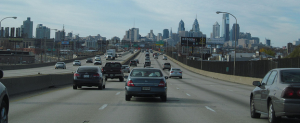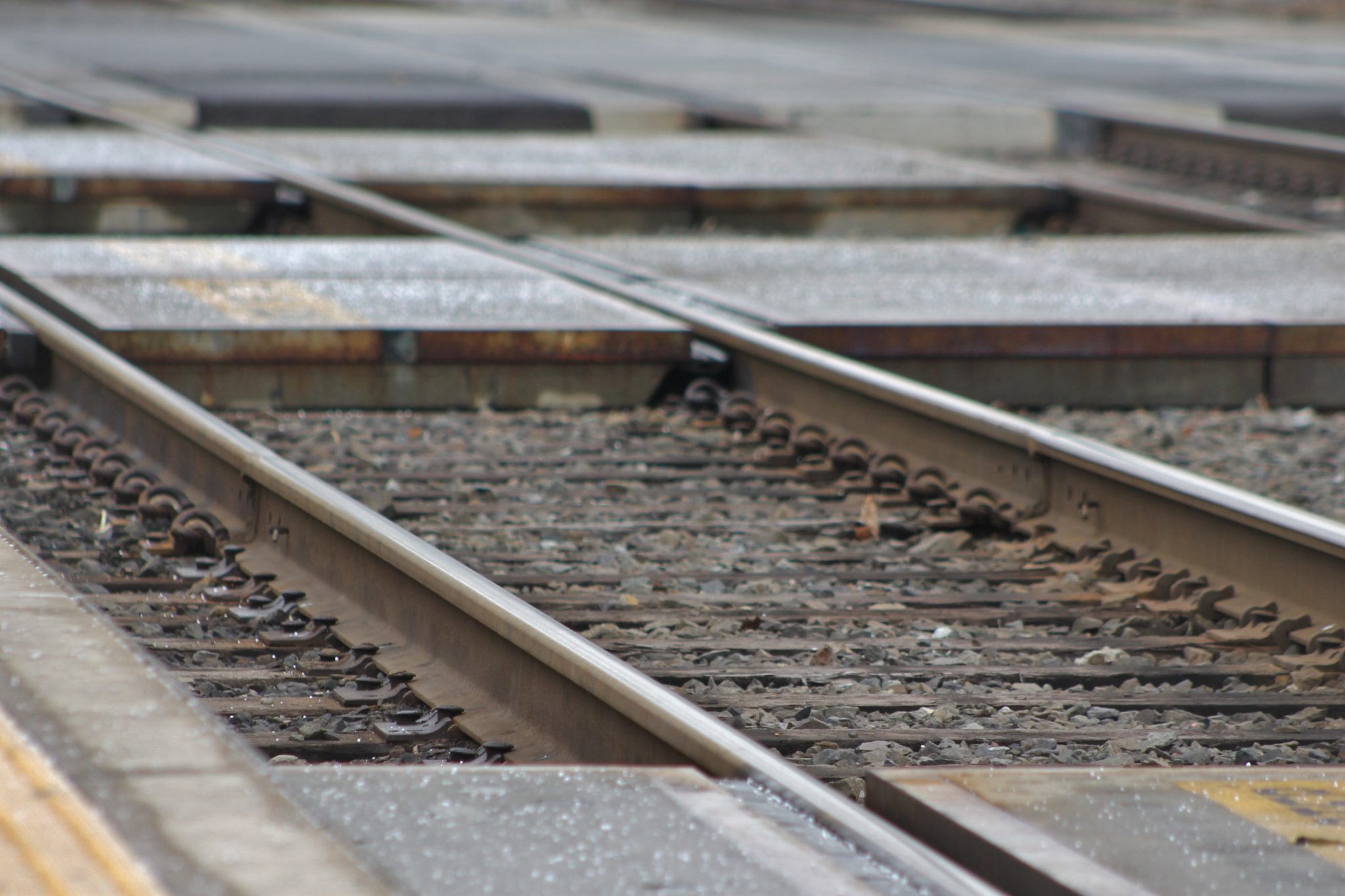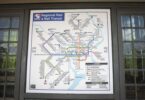Holiday travel can be a headache. And there’s little reason to expect a change this weekend, a recent report warns us.
Metro area residents embarking on yuletide festivities might want to consider getting a head start this weekend, according to a holiday traffic forecast released by the American Automobile Association (AAA) and global analytics company INRIX.
A joint study between the two organizations analyzed recent highway trends, as well as pertinent historical data, to produce educated estimates about what travel conditions will look like for drivers and passengers this holiday season.
And the results should breed caution.
The number of countrywide holiday travelers is projected to reach record heights this year. The share of the population expected? 107 million, by AAA’s estimate.
Among these, the lion’s share will be a projected 94.7 million motor vehicles clogging interstate highways and freeways between Saturday, Dec. 23, and Monday, Jan. 1. This, an AAA spokeswoman has pointed out, would mark the highest volume of automobile travelers on record – and a 3 percent increase from the auto influx that took place last year.
Residents around major metro areas will be affected most severely by road congestion, the report underscores. Graham Cookson, INRIX chief economist and head of research, recommends metropolitan-area drivers avoid peak traffic hours – either that or brace for extreme delays.
However, don’t count on a head start alone to spare you from the mess. AAA also forecasts late-afternoon mania this Thursday. Early-bird congestion is projected to reach its peak between 4 and 6 p.m., as post-work commuters and holiday travelers converge in metro -areas. If travelers find themselves in traffic between these hours, they can expect their commute times to triple.
The number of those embarking on their holiday jaunts via train, bus and flight is expected to climb to near 10 million, posing a significant challenge for those without automobiles as well.
But the news isn’t all grim. Authors of the study attribute the growth in holiday travel to a strengthening economy and optimistic consumer confidence. Despite relatively high gas prices, Bill Sutherland, AAA’s senior vice president of travel and publishing, says the cost has evidently not deterred consumers from their yearly holiday travel habit.
On the contrary, increased travel during major holiday weekends in 2017 has been consistent across the board – including during Memorial Day, Independence Day, and Thanksgiving.
If the AAA and INRIX analysis bears fruit, 2017 will mark the ninth -consecutive year that year-end holiday travel has increased.









